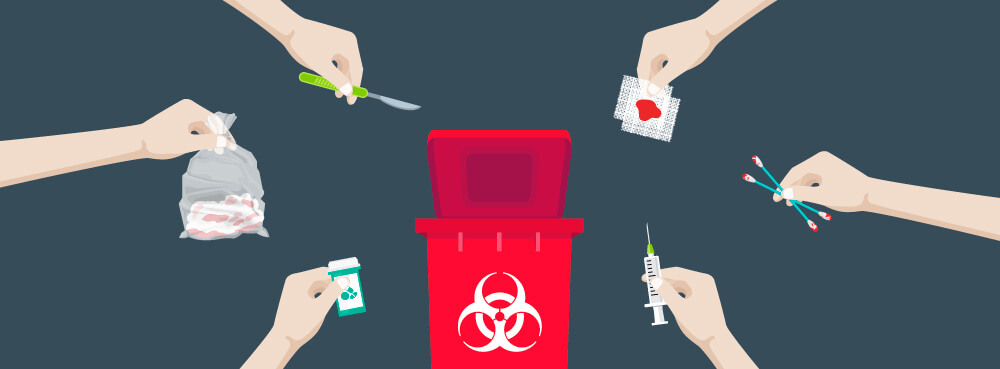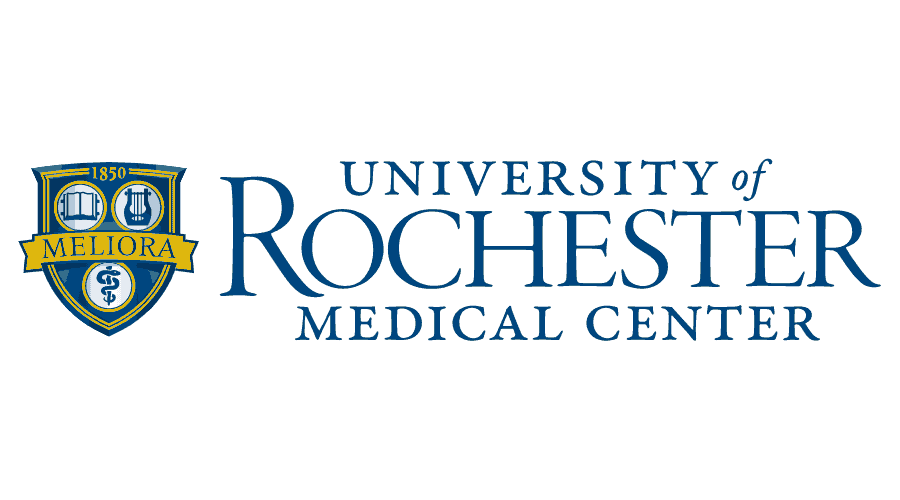Next Steps
Regulatory: Testing, Development, & Post-Marketing
Testing and Development Phase
- Non-clinical testing: requires documentation of procedures
- Clinical Investigations: must comply with ClinicalTrials.gov requirements
Post-Marketing Phase Regulations
- Advertisement: must be marketed in compliance with regulations
- Post-market surveillance: implement device-specific QR code (analysis, recall)
- Export: market globally → must comply with foreign government regulations
Feedback from Design Control Process → revise prevent adverse events, maximize safety
Environment & Sustainability: Medical Waste Treatment & Alternatives
- Cassette material: Utilized waxed coated cardboard or a biodegradable plastic instead of polypropylene in the future to mitigate waste production
- Limit packaging: Package cassettes in 50-100 in quantity
- Sterilization techniques: Explore sterilization techniques such as autoclaving or microwaving the device rather than incineration
- Implement proper medical waste management following World Health Organization guidelines

“Examples of biohazardous waste,” Danielshealth.com, 2020
Global & Economics: Cost-Effectiveness
HIV, an epidemic that has affected the entire world, the global and economic aspects are intrinsic to viral load tests which is the gold standard for quantifying the levels of HIV in the blood and can notify a patient of their status. This can also determine the success of antiretroviral therapy (ART). Therefore, it is crucial that the HIV viral load assay is affordable, fast, and accessible so patients can be continuously monitored and become virally suppressed.
- Current technologies cost $25-44
- MSF/UNITAID support reduces HIV testing cost to $17-29
- Our device
- Each cassette is approximately $3
- Cassette & reagents are less than $10 total
- Who will pay?
- MSF, UNITAID, UNAIDS
- The Global Fund
- Governments
Social & Ethics Concerns
The stigma surrounding HIV has aggravated the need to increase testing and provide effective treatment while keeping the patients’ trust, confidentiality, and autonomy. -“HIV/AIDS,” World Health Organization
- Making up 6.2% of global population, Sub-Saharan Africa has 54% of people living with HIV
- Out of the rest of the population, young women & children are at high risk
“HIV and AIDS in East and Southern Africa regional overview,” Avert
HIV is aggravated by a lack of awareness of affordable testing options. Low literacy rates impact this as well. A vast majority of people who would be needing access to this HIV load assay are in significant poverty. Proper introduction and instruction on the viral load assay’s usage and benefits to clinics in areas with fewer means is key to its success. -“HIV/AIDS,” World Health Organization
Medical Ethics
- Confidentiality is essential to prevent discrimination
- HIV status should ideally have no effect in any shape or form on rights to employment, medical care, or other fundamental liberties
- ‘Partner notification’ is encouraged by the National AIDS Control Guidelines for HIV to prevent transmission of HIV which is the right of every sexual partner
Z. Singh and A. Banerjee, “HIV / AIDS : Social and Ethical Issues,” Medical journal, Armed Forces India, 2011
Manufacturing
Since the cassettes might be manufactured on a large scale in the future, the team has considered the possibility of making changes to our design and material for better outcomes. The potential adjustments include the following:
- Different material selection for injection molding
- Thicker hinge connecting lids to the bottom of the cassette
- Multiple sizes of replaceable phone trays to accommodate all makes of phones for the LTOE
The team acknowledges that alterations to the design are necessary before it can be put into use. All changes will be made following the principle that the cassette will be efficient and cost-effective.
Future Directions
- Develop a pictogram pamphlet that will depict the workflow of the HIV viral load assay and the L-TOE
- Update the cassette design to include a picture to indicate where the blood sample is applied
- Optimize L-TOE to be used for multiple smartphone devices
- Develop an app to image and determine the viral load for each patient
- Apply barcodes or QR codes to each device during manufacturing to ensure each device will be patient-specific
- Potentially include a phlebotomy kit for each package of devices
- Preclinical & Clinical Testing
- Field Testing
Customer Feedback
Our customers, Dr. Benjamin Miller and Jeffrey Beard have been excited to work with us thus far. They are extremely pleased with our progress as we have been able to successfully engineer a cassette while taking into consideration the difficulties of developing a class III medical device for a low-resource setting. The team appreciates the guidance and feedback from our customers to further understand the various aspects of the device.
Acknowledgments
Customers
- Benjamin Miller, Ph.D., Biomedical Engineering, University of Rochester
- Jeffrey Beard, Ph.D. Candidate, Biomedical Engineering, University of Rochester
Supervisors
- Regine Choe, Ph.D., Biomedical Engineering, University of Rochester
- Mitchell Hoestermann, CMTI Student, University of Rochester
Viriotech Biomedical Engineering would like to thank our customers, Dr. Benjamin Miller and Jeffrey Beard, who provided us useful information and materials that helped us develop the prototype. We are also grateful to our supervisor, Dr. Choe, and project management liaison, Mitchell Hoestermann, who had frequent meetings with the team and provided valuable feedback. Finally, we would also like to express our gratitude for all their support and guidance from Dr. Amy Lerner, Dr. Scott Seidman, Dr. Daphne Pariser, Dr. Peter R. Mariuz, Dr. Steven Mark Fine, and fellow students in BME 296.

